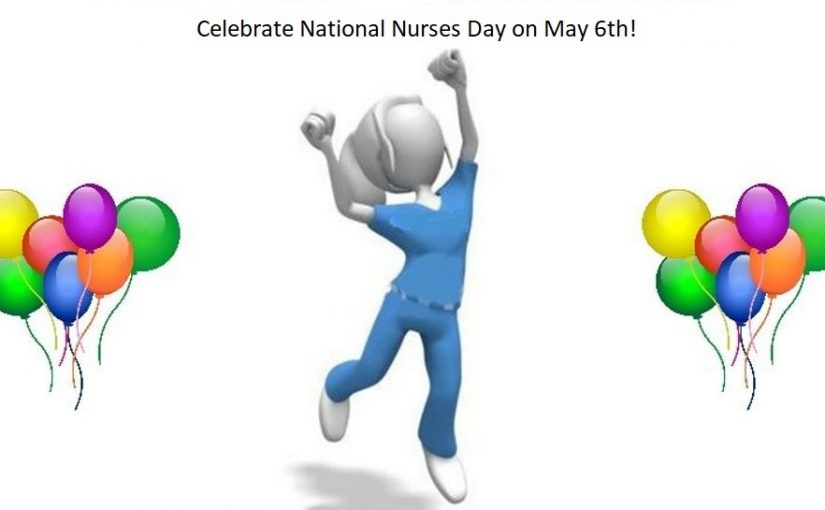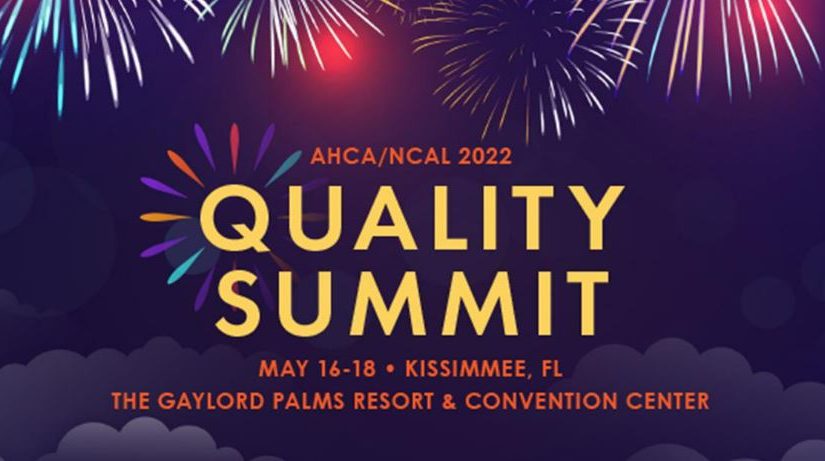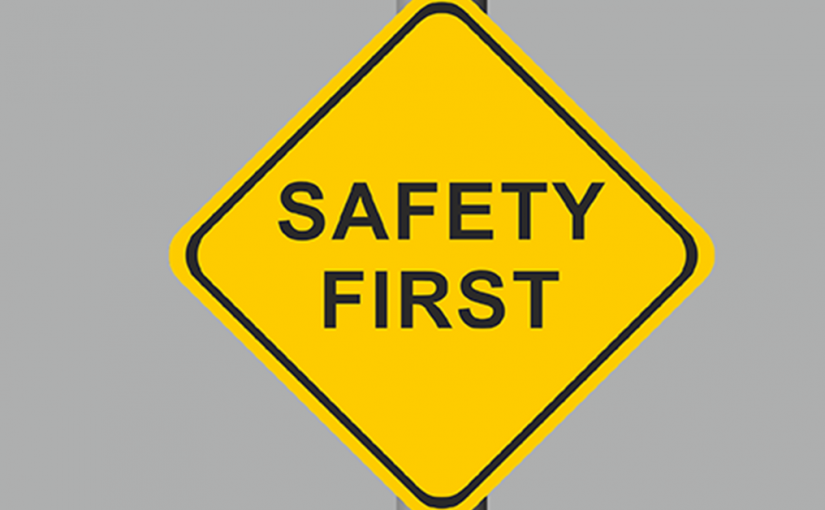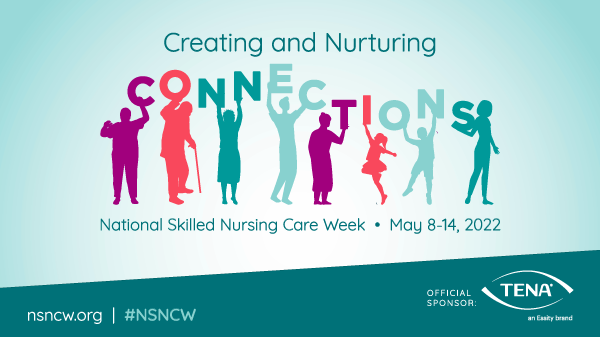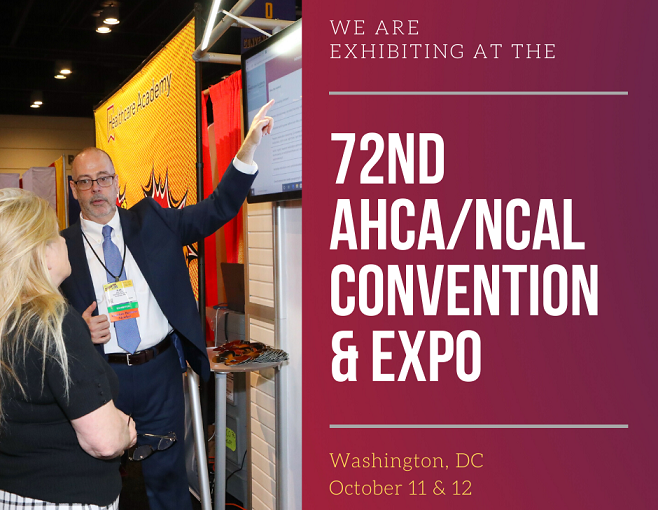The American Nurses Association selected the evergreen theme, Nurses Make a Difference to honor the varying roles of nurses and their positive impact on our lives. As part of the celebration, they’ve divided the month into four weekly focus areas — Self-Care, Recognition, Professional Development, and Community Engagement, and provided resources for each week.
Find out more at https://nursesmonth.org/about-nurses-month/

